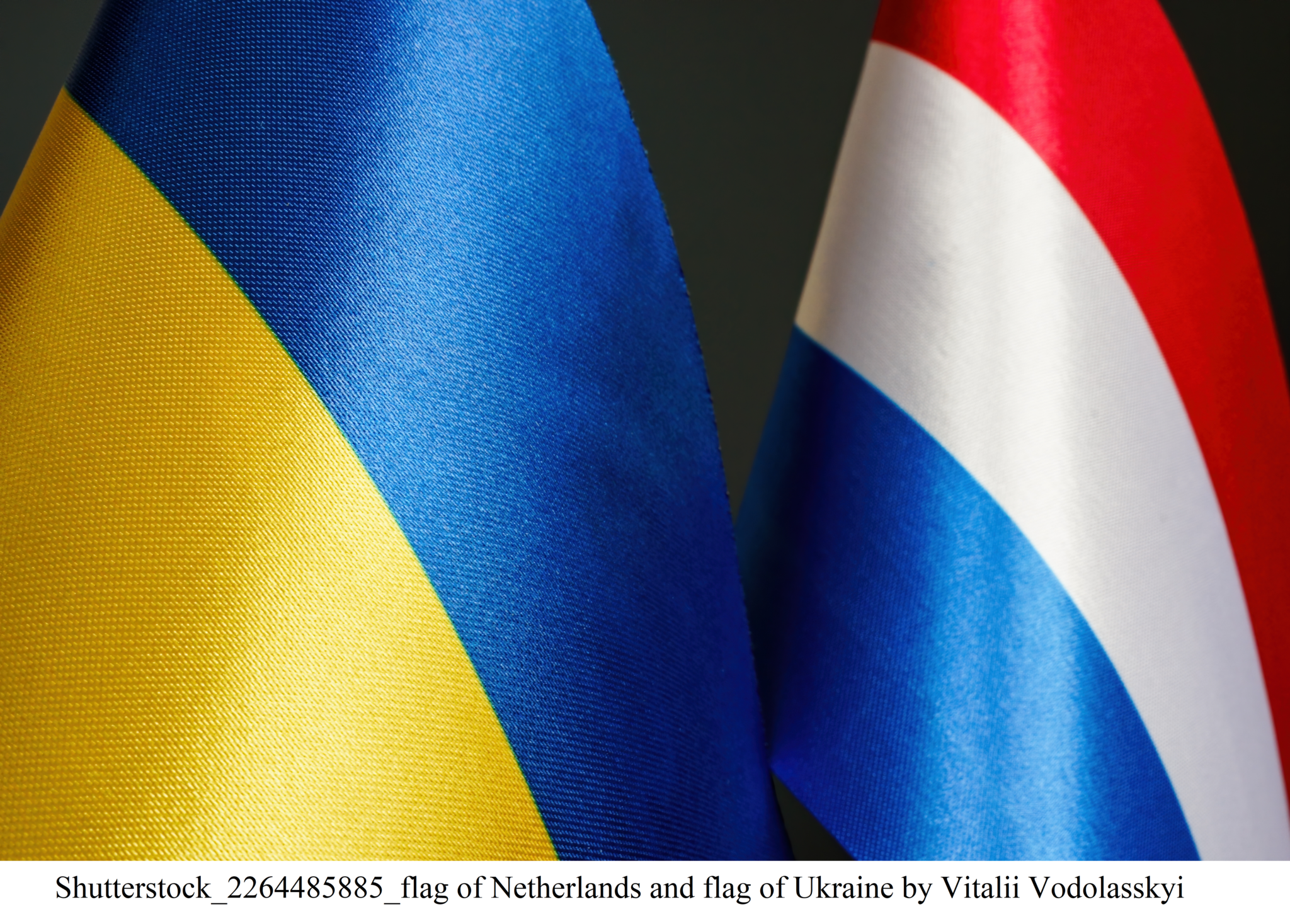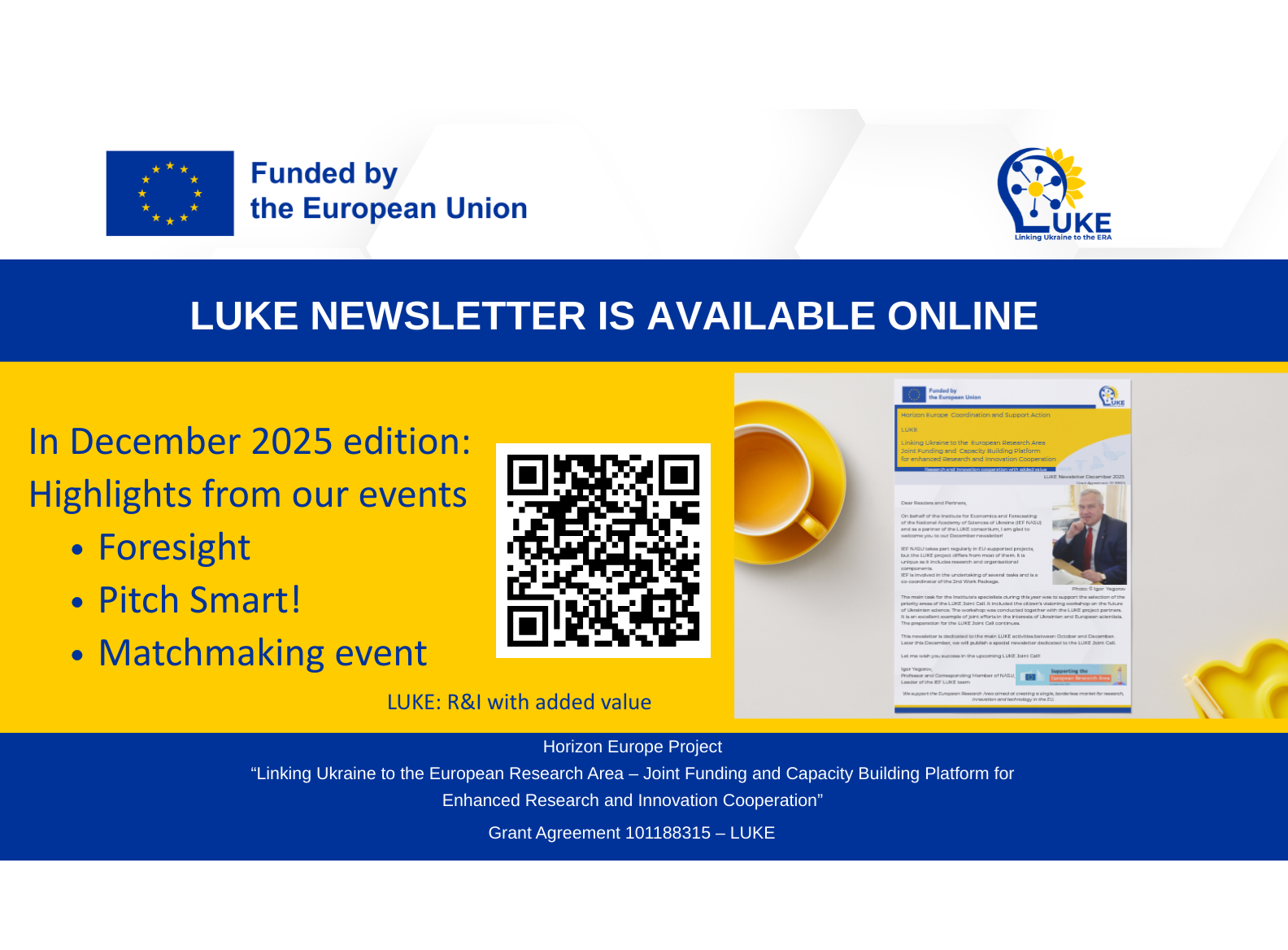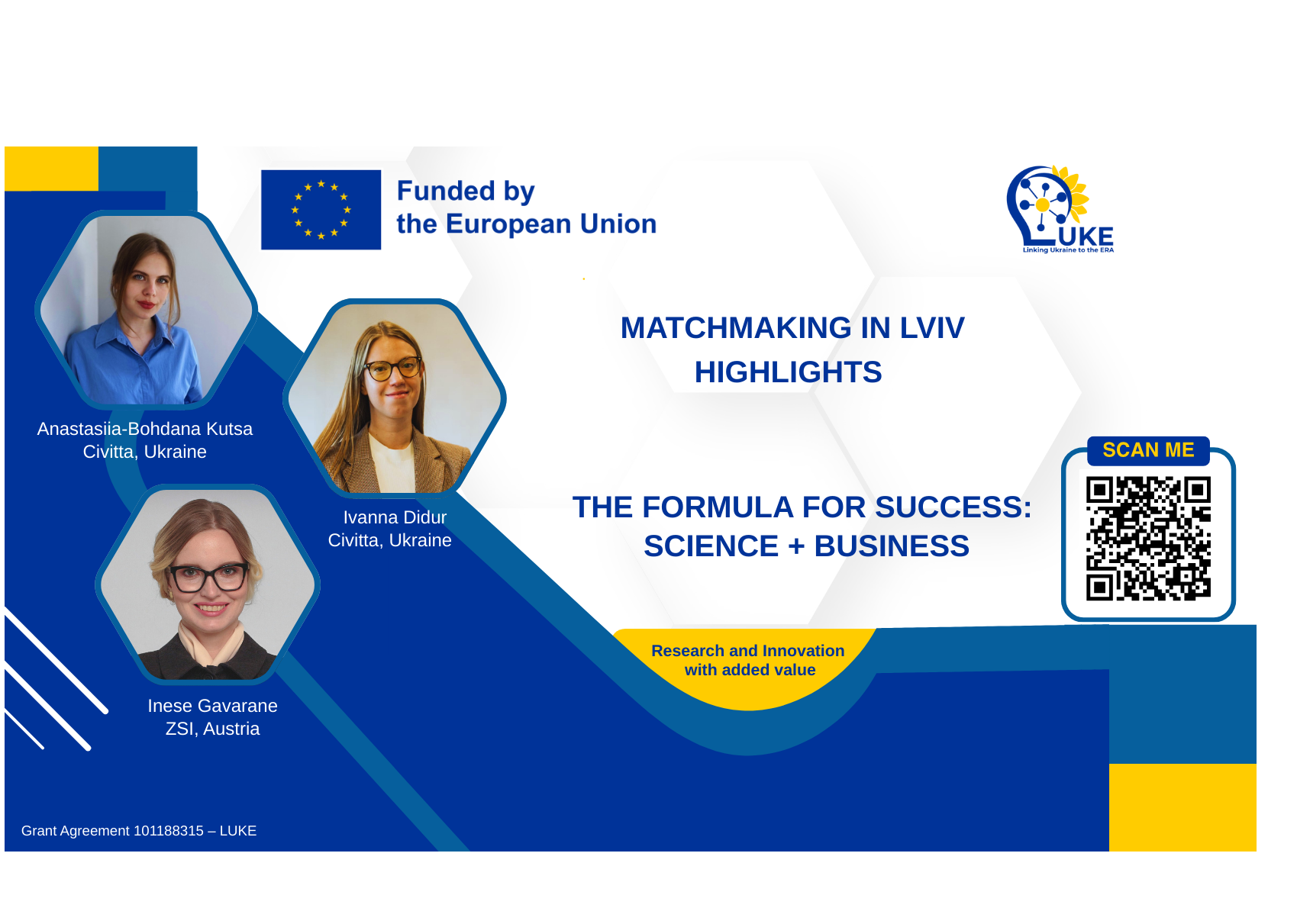Researchers of Oles Honchar Dnipro National University are working on the creation of a high-speed wing-in-ground craft
What thoughts come to mind of every normal person when they see a photo of the Crimean Bridge or enemy ships in the Black and Azov Seas? That’s right, thoughts of a fast and precise Ukrainian drone. These were the thoughts that came to the minds of researchers at Oles Honchar Dnipro National University (DNU). They invested their determination in the project ‘Justification of aerodynamic and design parameters of a high-speed wing-in-ground craft’, which was awarded a grant in the call ‘Science for the Recovery of Ukraine in the War and Post-War Period’ of the National Research Foundation of Ukraine.
“The idea was born when we were watching the Crimean Bridge burn”, recalls Andrii Dreus – PI of the project and Head of the Department of Aerohydromechanics and Energy and Mass Transfer at DNU. “I thought the best way to approach the bridge would be by water. That’s how we made a decision to develop a surface vehicle”.
Professor Andrii Dreus has no doubt that unmanned technologies are the future. After the Victory, high-speed wing-in-ground crafts will be useful for river and sea transportation, marine research, State Border Service, etc.
What will the new wing-in-ground craft look like? How fast will it ‘fly’?
The PI told that his team is calculating aerodynamic and design parameters for the construction of the wing-in-ground craft. It will be “neither a ship nor an airplane, but a drone that takes off from the surface and flies low over the water”. According to the plan, the wing-in-ground craft will be able to reach the speed from 200 to 500 km/h. The researchers plan to use the so-called screen effect in their calculations (and then in the creation of new technologies). “Every pilot knows that when an airplane lands near the ground, the lifting force increases dramatically. A ‘cushion’ is formed between the surface and the wing which makes it difficult to land”, the PI continued. “But at the same time, why not take advantage of this effect? The main thing is to accelerate, and then the lifting force will keep the aircraft above the surface”.
Similar research was done in the USSR (for example, the so-called Caspian Sea Monster which was a ‘threat to NATO forces’), and in independent Ukraine, in the institutions of the National Academy of Sciences. But, as the Professor noted, the wing-in-ground crafts are very ‘capricious’ and need a flat surface to ‘fly’, so such ideas were eventually put off. Now it is time to resume this research, but at a more modern level.
The first issue that the researchers plan to solve is aerodynamics. Of course, there are other challenges that need attention (electronics, artificial intelligence, etc.), but this is still the main one. Currently, the researchers are developing a theoretical basis on which ‘the wing above the surface’ will be created later.
“As one of the founders of fluid dynamics said, mathematical models cannot accurately describe reality, we need to make assumptions that can distort this reality. But research was and is not done by cowards”, smiled the Professor.
Researchers combine bold experiments with computer modeling. In other words, they create mathematical models, then computer models, next they build a ‘wing’ that will be tested in a wind tunnel. The wind tunnel at the university is very old, but it’s still great luck that it exists (there are only a few in Ukraine).
“If the research confirms our calculations, then we will be able to say: these are the parameters that should be implemented in practice. Of course, there is still a lot of work to be done to make our UAV fly,” emphasized the PI.
In order to speed up the calculations, the researchers purchased a powerful computer and anemometers to measure the speed in the wind tunnel with the NRFU grant. Of course, the entire laboratory needs to be modernized, so the researchers hope that there will be new projects and new grants in the future.
The researchers also consider the implementation of the results. In particular, they are working with Trident-Defense company which specializes in the development of sensor and navigation technologies. After the research they hope to talk to manufacturers ‘more substantively’.
The researchers working on the project have considerable experience in aerodynamics and aircraft design, which is not surprising since one of the university’s specializations is research in the aerospace industry. Therefore, the team has no doubt that everything will work well. The team consists of Olena Kravets, a mathematical modeling specialist (her father, Volodymyr Kravets, was the first researcher to study wing-in-ground crafts at DNU); Professor Mykhailo Dron, a rocket space and innovation information technology specialist; Serhii Alekseenko, a computer modeling specialist and Professor at Dnipro Polytechnic University; Oleksii Kulyk, an associate professor with practical experience in rocket and UAV technology; Anatolii Stakhatskyi, an aerodynamics engineer, and others.
“We also have two graduate students on the team, Mykhailo Yemets and Valerii Nekrasov”, added the PI. “I would like to thank the National Research Foundation of Ukraine for making the participation of early career researchers in grant projects a mandatory condition of the calls. This is a good opportunity for research and career growth, as well as an opportunity to earn something. I am sure that our research will be of interest to students who will be able to see how figuratively speaking reality is built from equations. And, perhaps, in the future, they will see the launch of a modern wing-in-ground craft”.
Interviewed by Svitlana Galata





